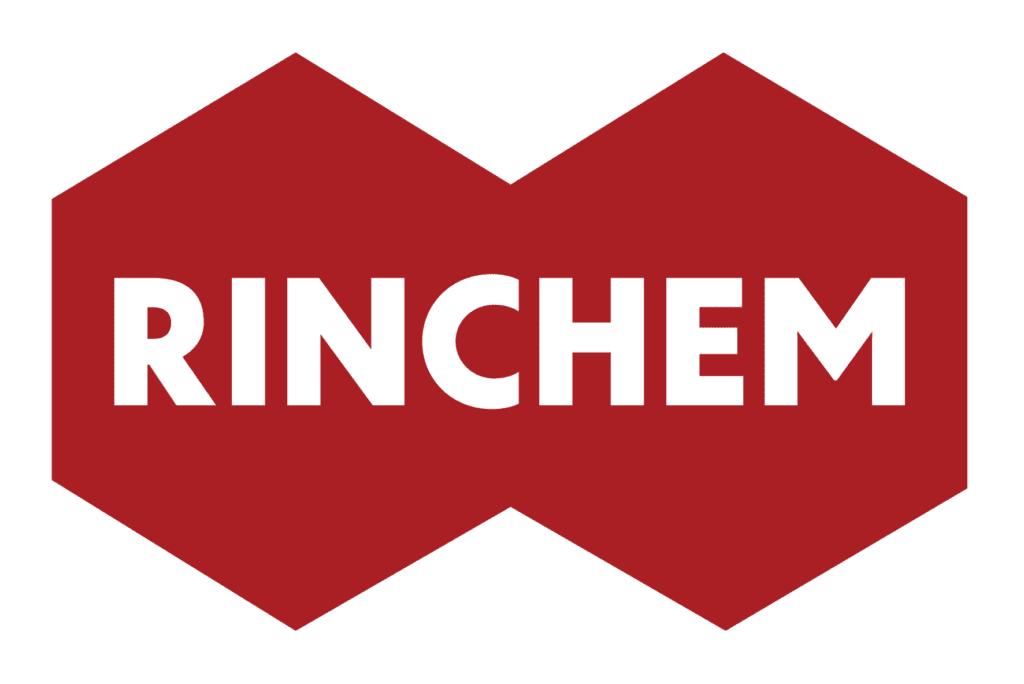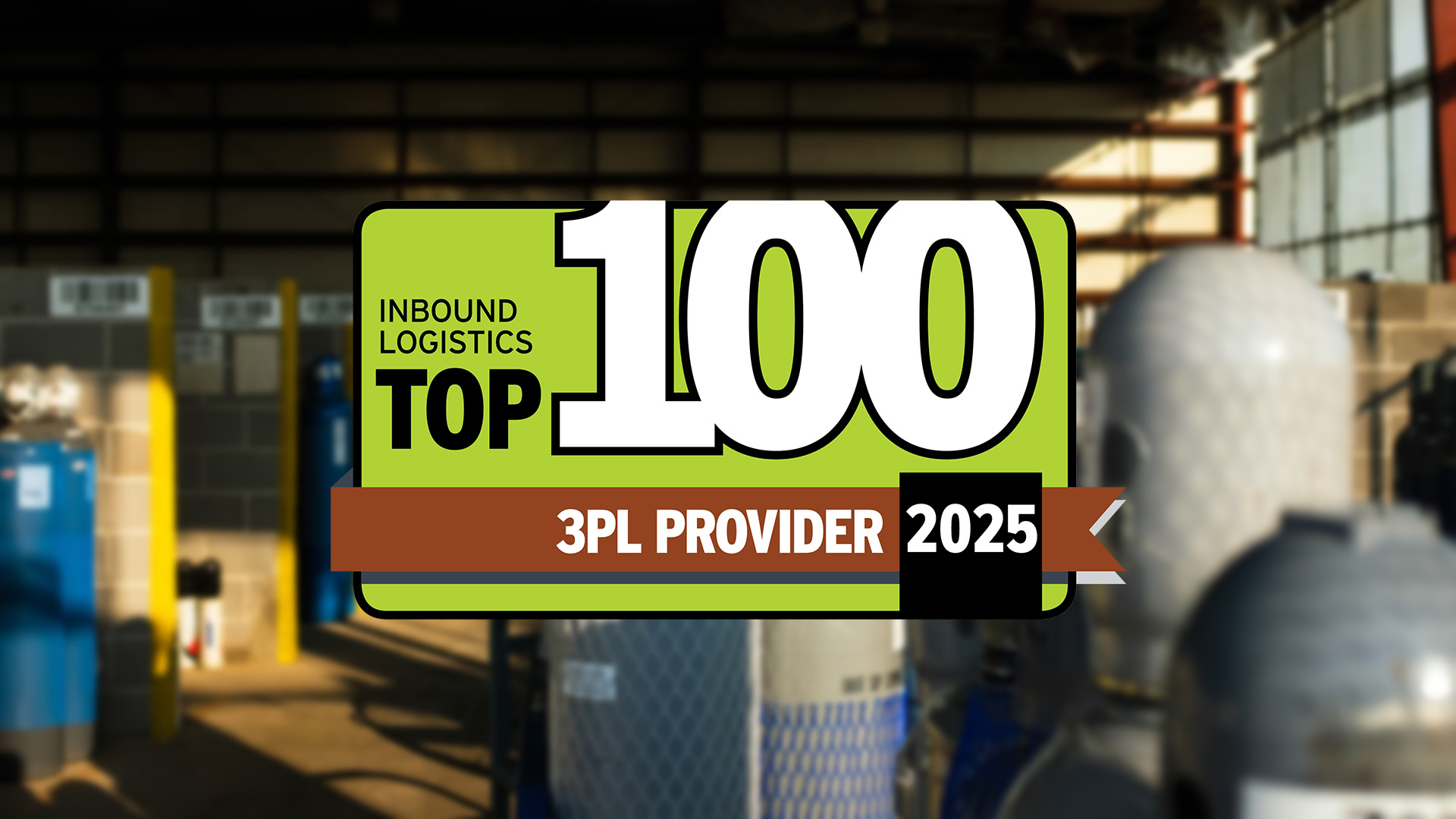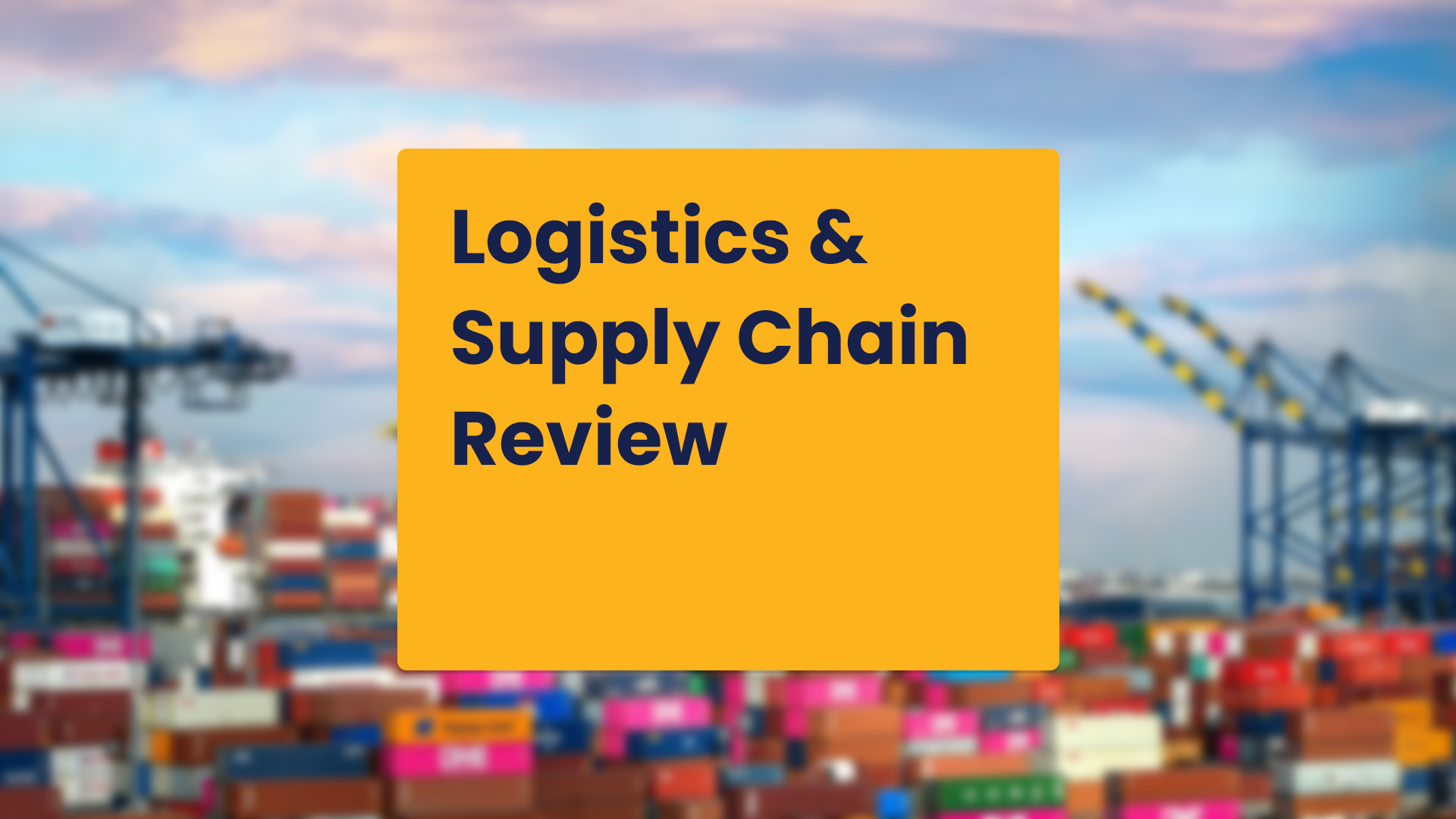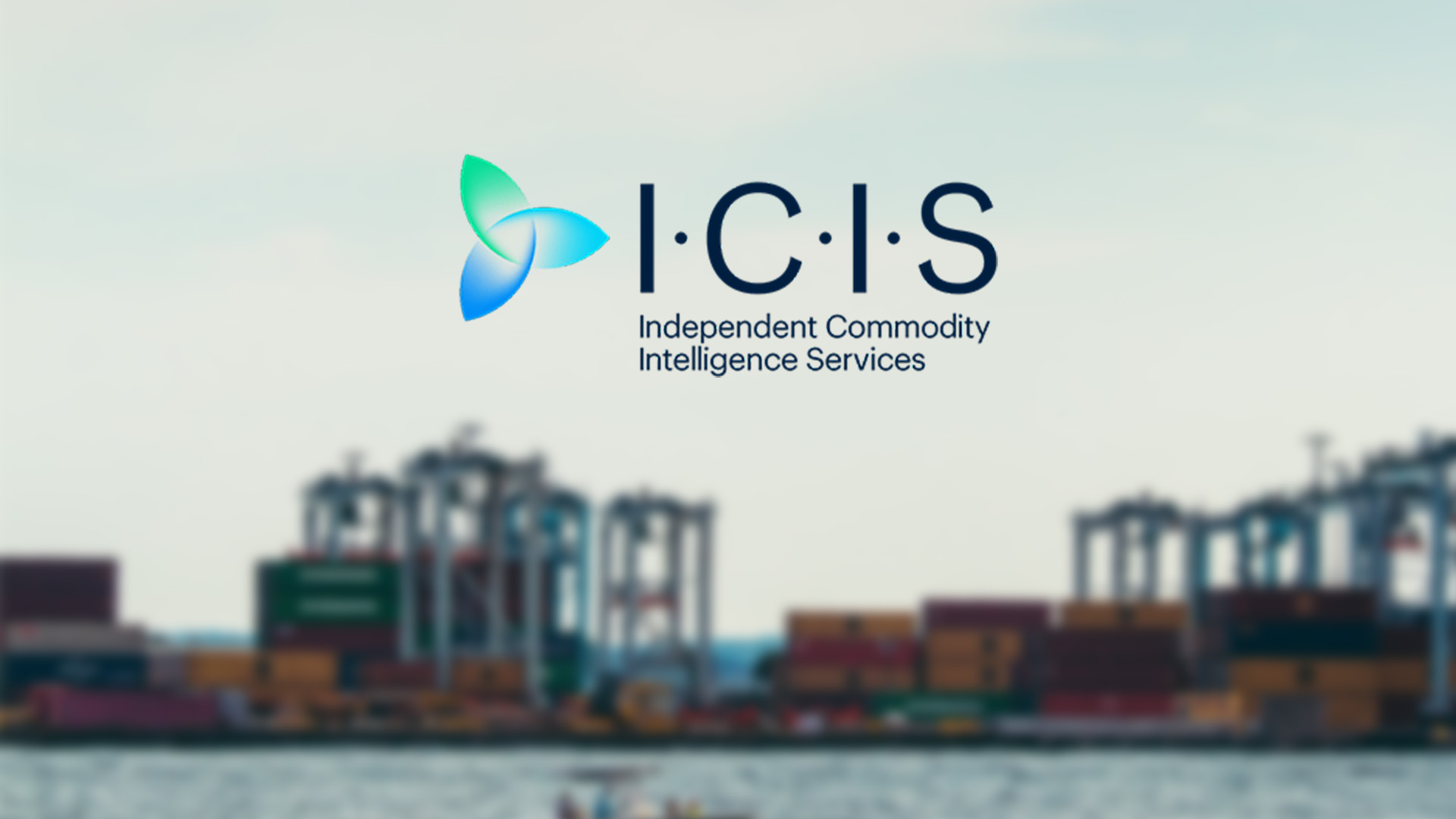Transporting hazardous materials is a complex process with many rules. Moving Zone A gases is even more challenging with safety and logistic concerns.
These toxic and unstable gases need special handling and strict safety rules. Because of this, only a few carriers in the U.S. are qualified and licensed to transport them. These highly toxic and volatile gases require specialized handling, strict regulatory compliance, and advanced safety measures.

Transporting Zone A gases involves navigating complex regulatory frameworks, ensuring safe storage and transportation, and mitigating significant risks. Understanding these challenges helps explain why many companies avoid handling hazardous materials. It also shows how innovations may change this in the future.
Understanding Hazard Zones for Toxic Gases
Hazardous gases are divided into four zones: A, B, C, and D. These zones are based on how toxic they are when inhaled. The U.S. Department of Transportation (DOT) defines this classification. Each hazard zone has a specific LC50 (Lethal Concentration 50%) value that determines it. This number measures the concentration required to be fatal in 50% of test subjects:
- Zone A: LC50 of 200 ppm or less (highly toxic gases with immediate health risks)
- Zone B: LC50 between 200 and 1,000 ppm
- Zone C: LC50 between 1,000 and 3,000 ppm
- Zone D: LC50 between 3,000 and 5,000 ppm. Exposure to even small amounts can be lethal, making their management a significant responsibility.
Examples Zone A Gases (Most Hazardous):
- Phosphine (PH3)
- Boron Trifluoride (BF3)
- Arsine (AsH₃)
- Phosgene (COCl₂)
- Diborane (B₂H₆)
- Fluorine (F₂)
- Nitrogen Dioxide (NO₂)
The Major Challenges of Managing Hazardous Gases
- Extensive Regulatory Requirements
Companies that handle hazardous gases must keep accurate records. They must also follow strict labeling and placarding rules. Additionally, they need to meet special safety requirements that are more detailed than regular hazardous materials rules. Managing Zone A gases means navigating a complex web of regulations, including:
- 49 CFR Parts 171-180: Covers hazardous materials transportation requirements.
- OSHA (29 CFR 1910.101 & 1910.120): Mandates worker safety measures for hazardous materials handling.
- EPA Guidelines Chemical Enforcement: Focus on environmental protection, spill response, and hazardous waste management regulations.
- Hazardous Materials Safety Permit (HMSP): Required permit for transporting these gases in certain quantities.
- The Complexity of Transportation
The special nature of Zone A gas transportation limits the number of qualified carriers and available equipment. This adds more complexity for industries that depend on safe and compliant transit. Transporting Zone A gases requires additional precautions, including:
- Specialized Tankers & Containers
While standardized cylinder deliveries often use regular trailers with cages, some shipments may require a specialized cylinder trailer. Most companies transport products using standard tractor-trailers.
- Climate-Controlled Transport
Some gases require temperature-controlled transportation.
- Security Protocols
Due to their potential for misuse, Zone A gases must be transported with heightened security measures.
- Routing Restrictions
Transporting these gases through populated or environmentally sensitive areas may be prohibited or heavily restricted.
- Specialized Tankers & Containers
- The Cost of Compliance and Liability Risks
The severity of potential accidents make the cost of compliance with regulations for hazardous gases significantly higher. A single mistake in handling or storage can lead to catastrophic consequences. This makes liability a major deterrent for many companies.
Companies that handle these substances must invest in:
- Specialized Equipment and Infrastructure
- Highly Trained Personnel
- Comprehensive Insurance Policies
- Frequent Safety Audits and Inspections
- Emergency Response and Safety Measures
In the event of an emergency during transportation, response measures follow established industry protocols. There are no specialized safety measures beyond compliance with DOT and hazmat transportation regulations. In the case of a spill, leak, or exposure, Chemtrec Emergency Response provides 24/7 support to coordinate response efforts. Drivers are trained to follow proper reporting procedures and notify the appropriate authorities as needed.
Hazardous Gas Transportation: Innovations and Industry Implications
While many companies avoid transporting hazardous gases, their use remains critical in industries such as semiconductors, pharmaceuticals, specialty chemicals, and manufacturing. Due to their volatility, enhanced transportation solutions are being developed to improve safety and regulatory compliance.
New improvements in gas containment, leak detection, and safety systems are making it safer to manage these materials.
The Evolution of Specialized Transportation
The evolution of specialized transportation solutions is expected to reduce risk and improve compliance. As rules change, companies may have more reasons to create safer and better ways to handle these materials. Advances in automated leak detection, smart containment systems, and improved transportation technologies could help mitigate risks and make handling hazardous gases more feasible in the future.
For now, only a select group of specialized logistics and chemical transport companies are equipped to handle the complexities of hazardous gas logistics across all hazard zones. As AI-driven monitoring, smart storage solutions, and real-time risk assessments continue to develop, more companies may explore safe and sustainable ways to integrate hazardous gas handling into their operations. That said, new technological advancements and evolving regulatory frameworks could pave the way for broader industry participation.
Leverage Innovation
Companies exploring opportunities in the semiconductor, pharmaceutical, and specialty chemical sectors are beginning to investigate ways to safely integrate hazardous gas handling into their supply chains. This includes the development of enhanced ventilation systems, AI-driven risk assessments, and automated emergency response mechanisms that can further mitigate the hazards associated with these materials. By leveraging these innovations, the industry may gradually reduce the barriers to entry and make hazmat gas logistics a more accessible and manageable endeavor for a wider range of companies.
Conclusion
Transporting hazardous gases, particularly those classified as Zone A, presents unique logistical and regulatory challenges. The high toxicity levels, strict compliance requirements, and potential risks make hazardous gas transportation a highly specialized industry. Many logistics providers choose to avoid handling these materials due to the significant financial, legal and operational burdens involved.
Despite these challenges, the demand for hazardous gas transportation remains critical in industries such as semiconductors, pharmaceuticals, and specialty chemicals. As technology advances, enhanced safety systems, automated monitoring, and regulatory adaptations may make hazardous gas logistics more accessible.
Understanding why companies avoid transporting Zone A gases sheds light on the broader challenges of hazardous gas transportation and the continuous efforts required to maintain safety and compliance. As technology and regulations evolve, the future of Zone A gas handling may change, but for now, only the most prepared and specialized companies take on the challenge.
Get more articles like this in your inbox
Sign up for our monthly newsletter
Find more articles



